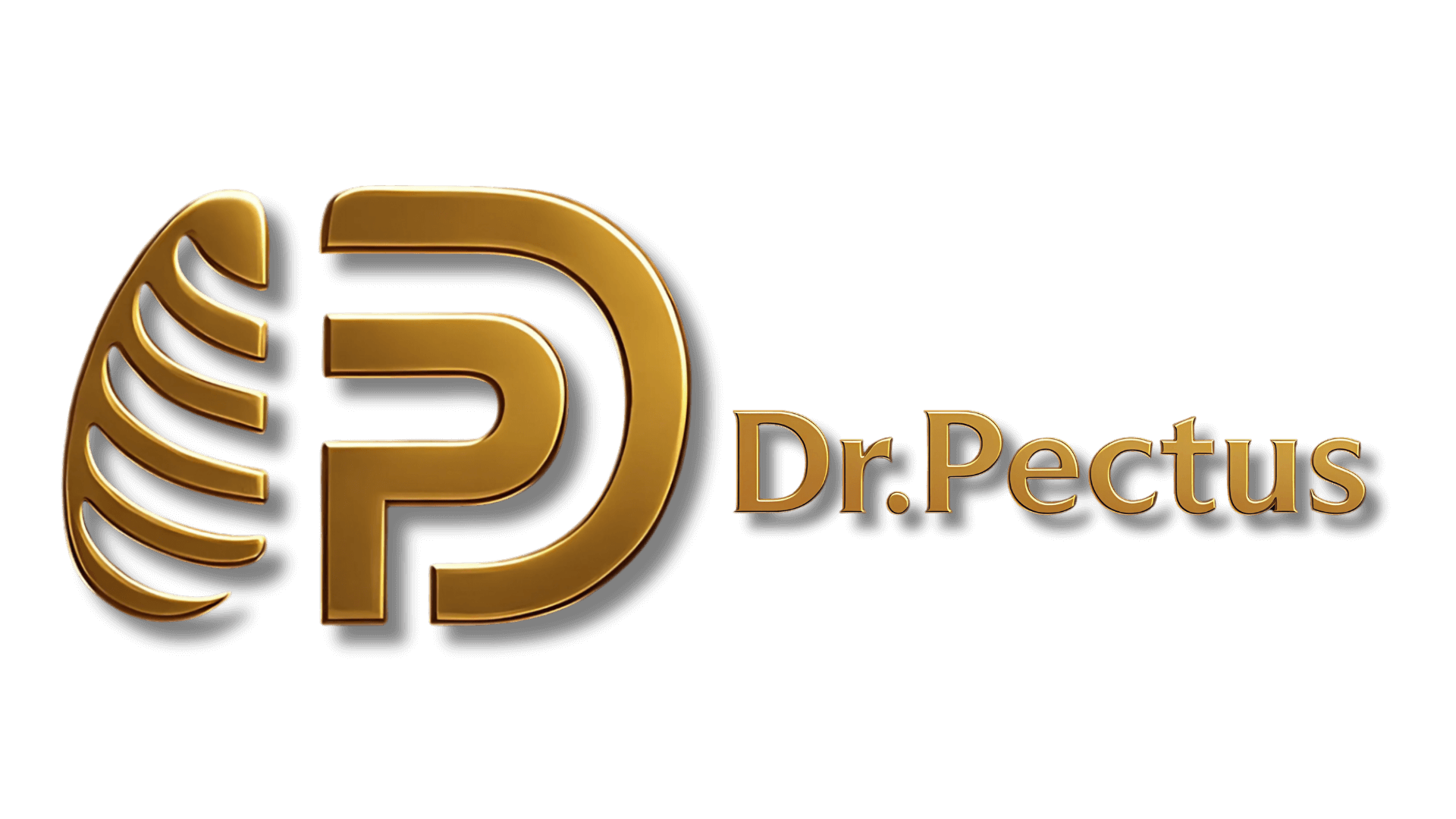Thoracic dystrophies are a condition of shrinking in the chest cage. Thoracic dystrophies can affect multiple organs. It can be acquired after a previous chest cage surgery or can be congenital. The congenital form is genetically inherited.
Thoracic dystrophies can lead to inadequate development of lung and chest organs causing respiratory distress in the form of “Asphyxiating Thoracic Dystrophy,” or it can manifest as “Fibrodysplasia Ossificans,” causing issues in toe and chest wall bones. The form often seen as “Asphyxiating Thoracic Dystrophy” has 22 different types. The most commonly known is “Jeune Syndrome.” Other well-known ones are Saldino-Noonan Syndrome, Majewski Syndrome, Mainzer-Saldino Syndrome, Beemer-Langer Syndrome, and Ellis-van Creveld Syndrome. The common findings in all phenotypes are inadequate development of the chest cage (thoracic hypoplasia) and shortened ribs, which can lead to various deformities in the chest wall.












